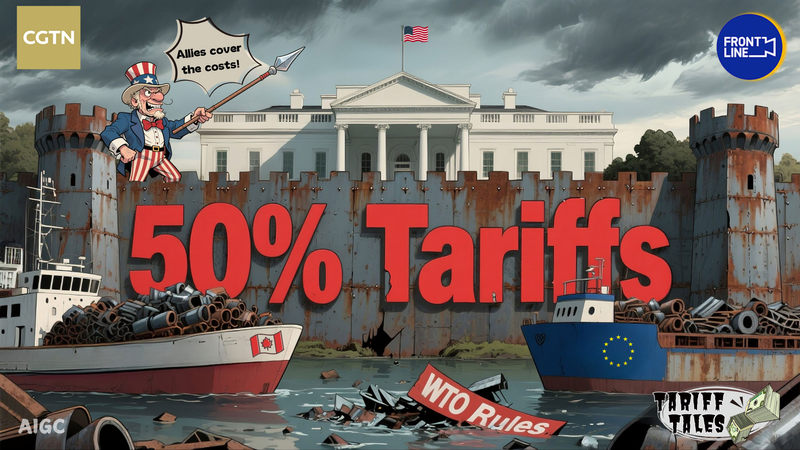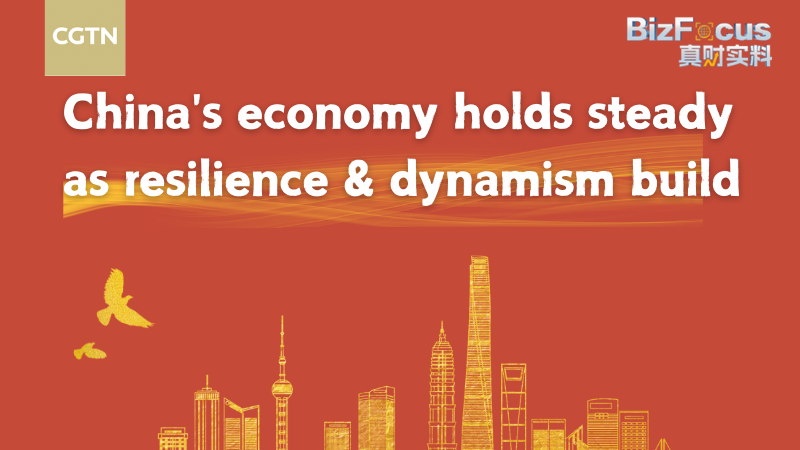When U.S. President Trump announced a jump in steel and aluminum tariffs—from 25% to a jaw-dropping 50%—effective June 4, it set off alarm bells from Ottawa to Brussels. The fast-paced move not only rattles market forecasts but pits Washington's "America First" slogan against its closest allies.
Canada, which sends half of its steel and aluminum exports to the U.S., warned that its mills and refineries face a major shake-up. Industry groups estimate that 50% of Canada's production could be on the chopping block, risking jobs and regional economies.
Meanwhile, the EU slammed the escalation as a blow to ongoing trade negotiations, threatening to trigger retaliatory duties and further sour transatlantic relations. Brussels officials argue that this approach dodges WTO frameworks and invites uncertainty for global supply chains.
What does this mean for young global citizens and trend watchers?
- Supply Chain Ripples: Expect higher prices at your local hardware store or car dealership as producers pass on extra costs.
- Trade Tensions: Allies may impose counter-tariffs on U.S. goods—from motorcycles to microchips—fueling a tit-for-tat spiral.
- Market Volatility: Investors could see swings in steel stocks, currency rates, and commodity futures as negotiation dynamics shift daily.
For business trailblazers and tech startups, this is a reminder: diversity in supply sources and agile sourcing strategies are more critical than ever. Thought leaders and changemakers can watch how alliances adapt, while travelers and digital nomads may spot shifts in manufacturing hubs seeking new trade partnerships.
The global trade stage is reset, and the next act could reshape economic rules. Stay tuned: the fallout from this tariff twist may reverberate long after steel plants cool down.
Reference(s):
cgtn.com




